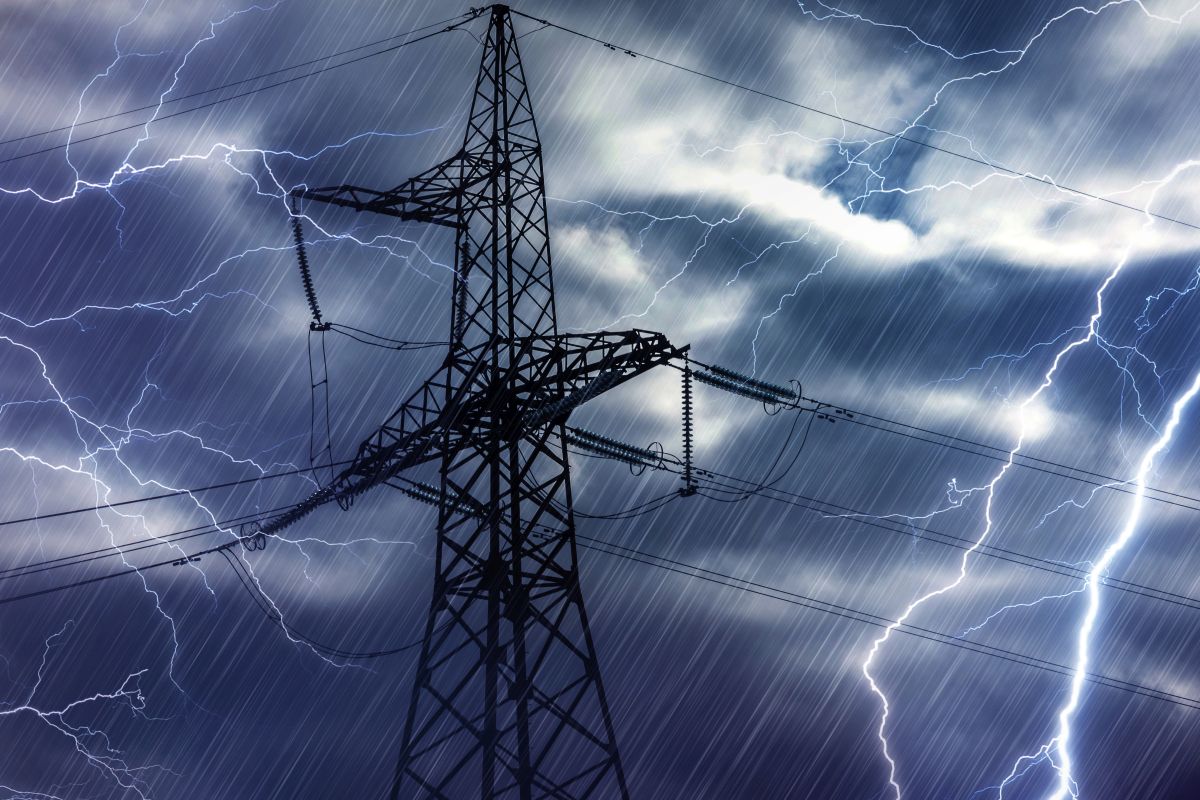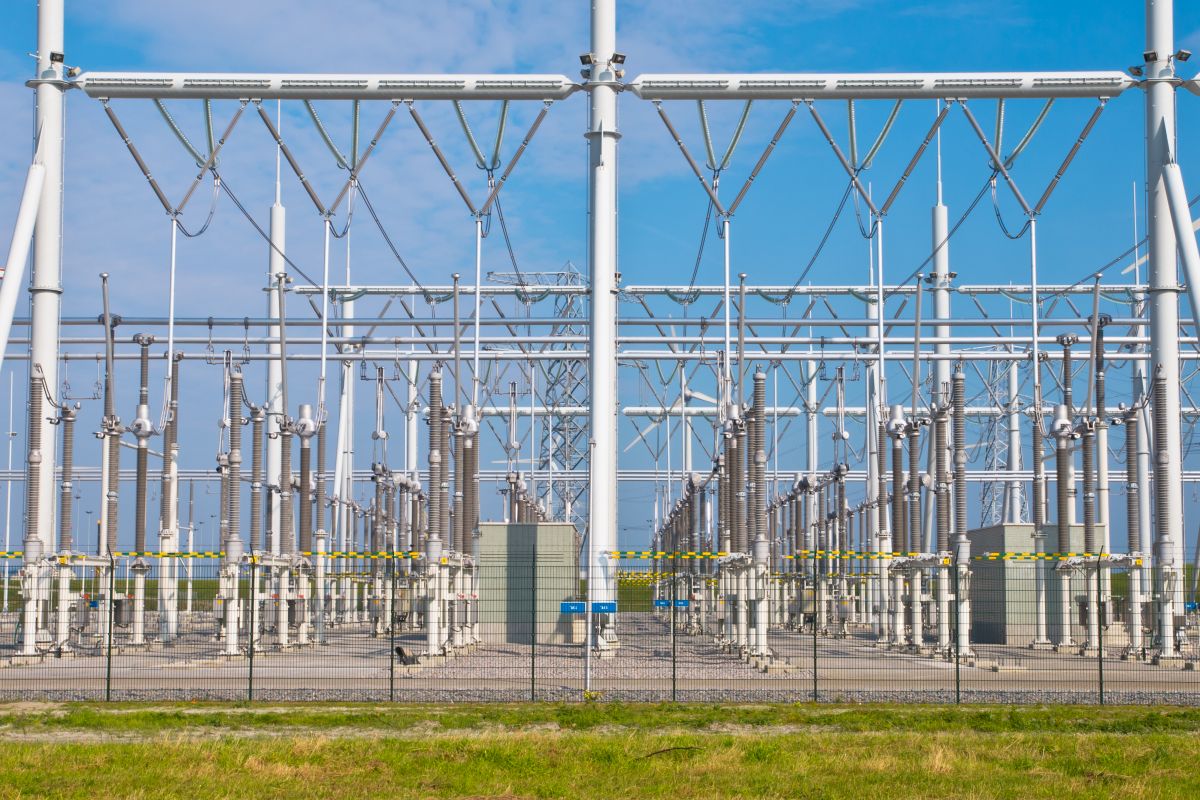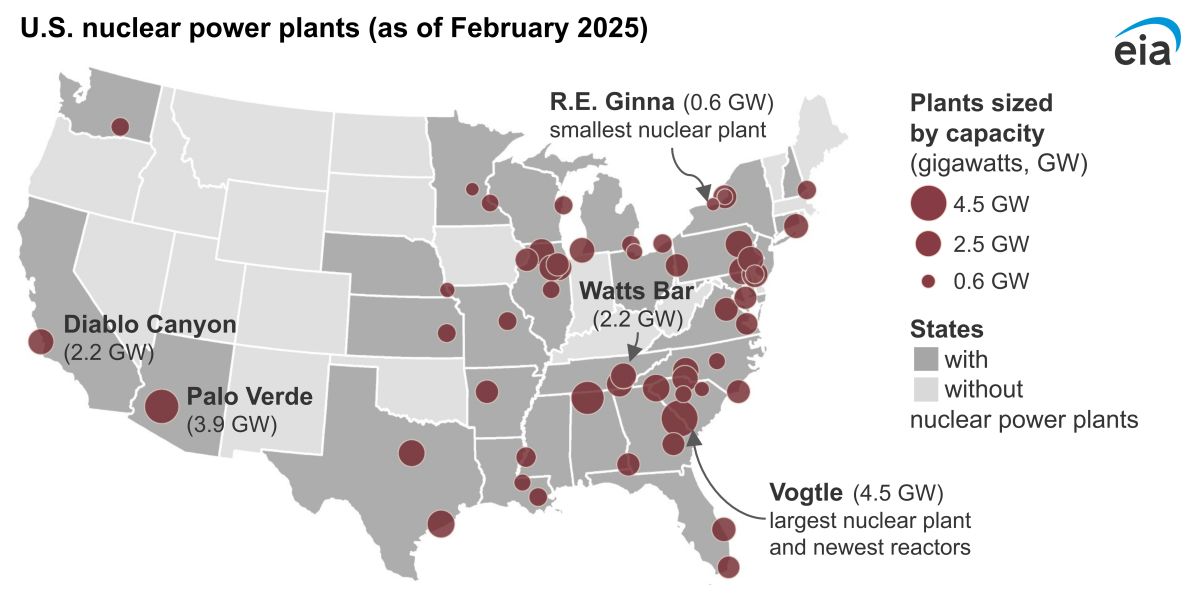MOD-025-2 purpose is to ensure that accurate information on generator gross and net Real and Reactive Power capability and synchronous condenser Reactive Power capability is available for planning models used to assess Bulk Electric System (BES) reliability. A Standard Authorization Request (SAR) was developed to revise MOD-025-2 to address issues regarding verification and data reporting of generator active and reactive power capability. As stated in the SAR, implementation of the standard has rarely produced data that is suitable for planning models (i.e., the stated purpose of the standard).
The current MOD-025-2 verification testing activities require significant time, expertise, and coordination. However they do not result in data that could be used by planners for modeling purposes. The SAR aims to retain testing activities that are useful and focus on more effective means of collecting useful data for planning models.
More details on the MOD-025-2 changes
The current industry need for this standards project is that industry implementation of MOD-025-2. Has not resulted in useful unit capability data being provided for planning models of generating resources and synchronous condensers (i.e., the purpose statement of the standard). The primary reliability benefit of this project will be to correct these issues such that suitable and accurate data. That can be established through the verification activities performed by respective equipment owners. BPS planning assessments rely on accurate data, including machine active and reactive power capability. To identify potential reliability risks and develop mitigating actions for those risks.
MOD-025-2 verification testing activities require significant time, expertise, and coordination. However, they do not result in data that should be used by planners for modeling purposes. The current standard does allow for optional calculations to be performed to help facilitate better information sharing. However, calculations are not required nor can be used in many cases when auxiliary equipment limits. Or system operating conditions prohibit reaching the actual machine capability or limiters. This standards’ project will address these issues.
Other benefits of this standards’ project to address issues with MOD-025-2 include, but are not limited to, the following:
- Preventing over- or under-estimation of generating facility active and reactive power. Which could lead to potential reliability risks or unnecessary and expensive solutions to mitigate
- Identifying limitations within a generating facility that could constrain the resource from reaching the expected active/reactive capability at any given time
- More clearly communicating the necessary data to be used for modeling the respective resources in steady-state power flow models
- Ensure that the data users are part of the verification process to ensure that the necessary and usable data is provided and utilized appropriately
- Ensure that raw test data alone is not used for resource modeling, but is analyzed, adjusted, and contextualized to account for measured system conditions
- Coordinating with PRC-019 activities to develop a composite capability curve, inclusive of equipment capabilities, limiters, and other plant limitations to develop an appropriate capability curve
- Ensuring that other means of verification (other than testing) can be more effectively leveraged to gather necessary and suitable data for verifying plant/machine capability
- Augmenting the applicability section of MOD-025-2 to include (non-generation) transmission-connected reactive resources – both rotating machine (i.e., synchronous condenser) and power-electronics based – will enhance. The BES reliability by ensuring that the capability, models and performance is verified and validated for all varieties of dynamic reactive resources utilized in providing Essential Reliability Services (ERS) in the BES
Disclaimer: Any opinions expressed in the blog do not necessarily reflect the opinions of Certrec. The content of this blog is meant for informational purposes only.












